Research Interests
Long time ago, Descartes advanced the mind-body dualism, which says that the ego and the spirit exist separately from the flesh in this world. Is this theory correct? Or, is it wrong? To neurophysiologically answer this question, we conduct studies with respect to causal relationship between neural activities and mental states by setting questions as 1) whether neural activities generate mind and 2) whether changes in neural activities are related to those in states of mind. To investigate neural activities at a single neuron level, a local neural circuit level, and a wide-range neural circuit level, we utilize various research procedures. In addition, we estimate mental states of animals from their behaviors using psychological behavioral tasks. By analyzing neural activities in a certain mental state from various aspects, we would like to comprehensively clarify details of neural mechanisms that generate the “mind”.
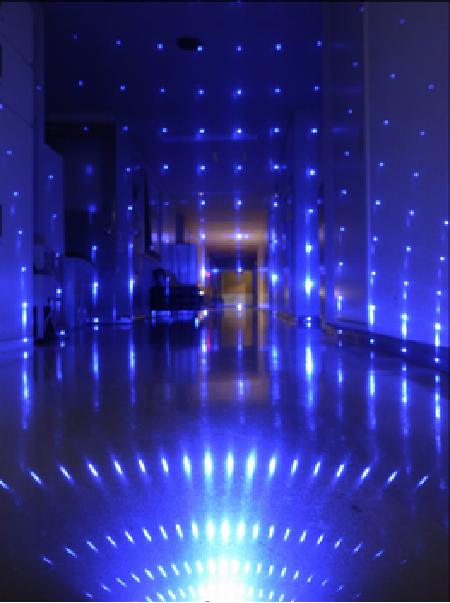
Information processing of a single neuron
“He is never less at leisure than when at leisure, nor less alone than when he is alone.” – Cicero
We observe calcium dynamics in dendrites of neurons to elucidate its functional significance. A neuron is considered to be an elementary unit of information processing in brains, and composed of a soma, an axon, and dendrites. Dendrites receive and integrate information from many neurons. Therefore, for revealing mechanisms of information processing in brains, it is indispensable to scrutinize dendrite activities. When, where and how do dendrites receive input from other cells? How is the input integrated then? Even such fundamental questions have not been answered yet. That is because it has been technically difficult to investigate dendrite activities in brains so far. Accordingly, we develop our original methods to make it possible, such as the two-photon imaging method and the fiberoptic imaging method, in order to challenge these issues.
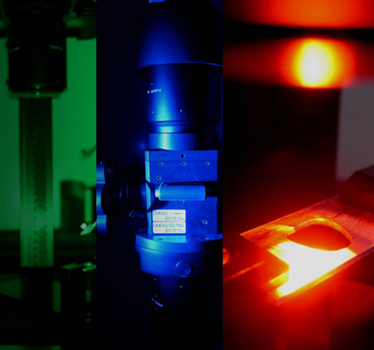
Synaptic transmission
between two cells
“If you do not know a man, look at his friends.”
– Confucius
Our target is to elucidate signal transduction between two neurons and neural mechanisms to support it. For example, do mental states of animals change synaptic transmission efficiency? To answer this question, activities of “anterior” neurons that provide output and “posterior” neurons that receive it need to be recorded simultaneously. For investigating activities of neurons, intracellular recording is appropriate. This method can measure membrane potential response in detail. As an additional advantage, pigment can be injected into cells, and thus it enables us to identify species of recorded neurons by morphology of stained cells. Although it is not easy to stably record activities of multiple neurons simultaneously from brains of animals in states of action, we are working on constructing a recording system that makes this possible.
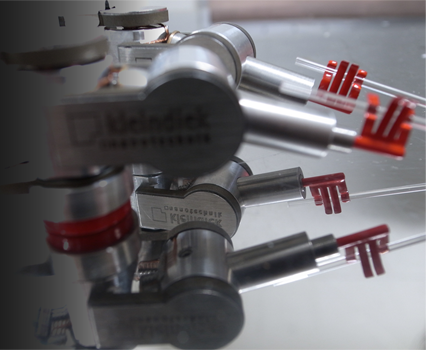
Macro- and mesoscopic
neural network
“The truth is the whole.” – Hegel
We investigate how changes in mental states of animals influence operating principles of neural networks and interaction between multiple network activities. It is likely that higher functions of brains are expressed by cooperative movement between networks composed of neurons. Questions to be answered are such as how neural activities propagate; what kind of neurons support these activities; when, where and how the activities go on; and whether these activities depend on mental states of animals. We are working on these issues using an imaging method that can record collective neural activities from cortical layers in nearly all areas of cerebral neocortex. Furthermore, to analyze neural activities in more detail, we are developing a new fast imaging method to simultaneously record the vast majority of neuronal activities at a single neuron level.

Brain slice experiments
“Divide each of the difficulties under examination into as many parts as possible, and as might be necessary for its adequate solution.” – Descartes
Some neural phenomena observed in brains consist of complex neural activities by various neuronal species. We also conduct studies using brain slice preparations to scrutinize mechanisms of neural phenomena in brains in more detail.
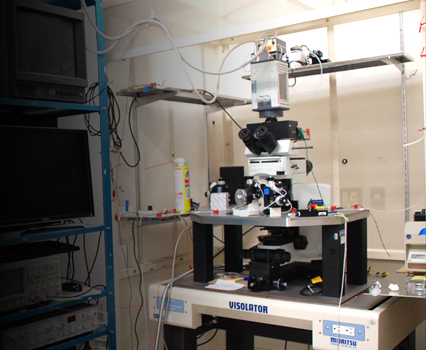
Mental state of animals
“Action may not always bring happiness; but there is no happiness without action.” – Disraeli
We are developing novel behavioral experiment tasks of mice in order to clarify causal relationship between animal behaviors (mental states) and neural activities.
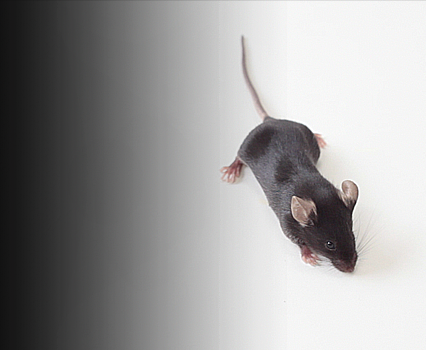
Development of new technology
“There is no road in front of me, I can create a path behind me.” – Kotaro Takamura
We are going for establishment of innovative and direct experimental procedures that enable us to monitor neural activities that have never been observable. To reach this goal, we utilize not only neurophysiological findings, but all available technologies in other fields such as engineering and chemistry; we are not afraid of failure but put new ideas to test aggressively. Furthermore, we also try to develop experimental methods that improve efficiency.



